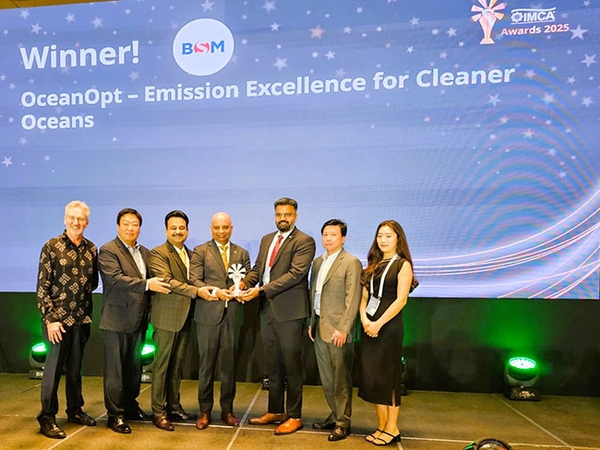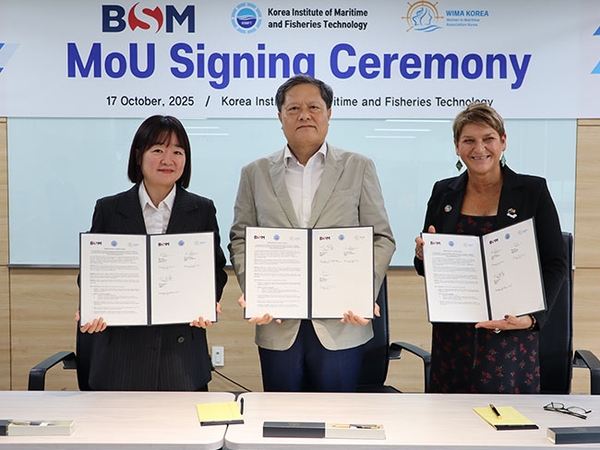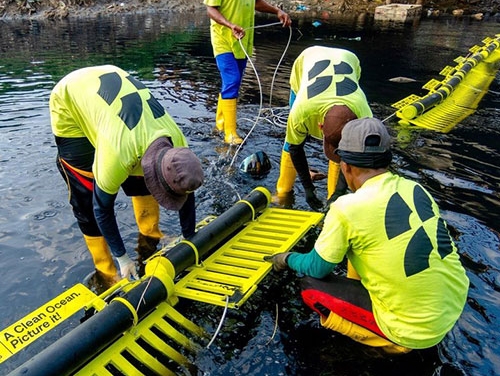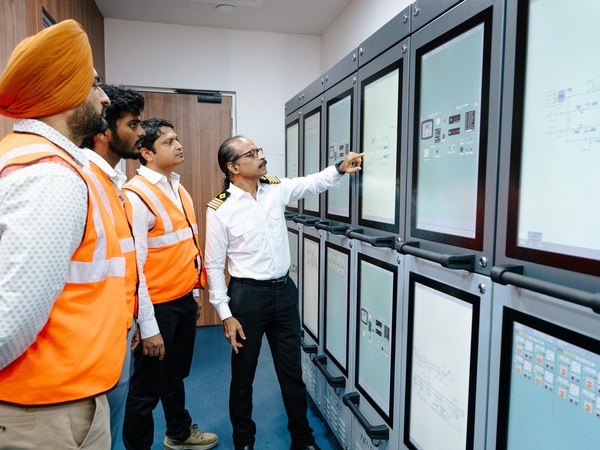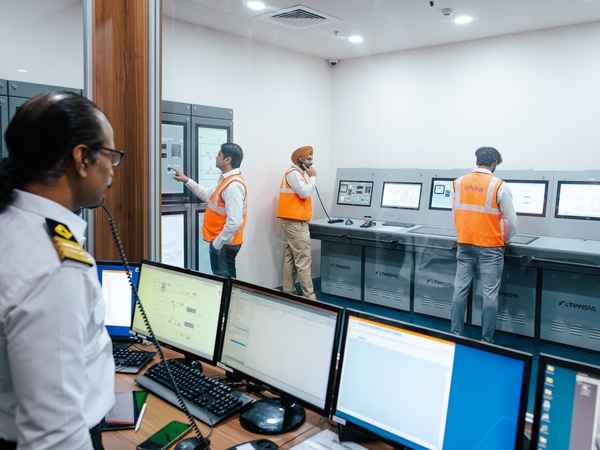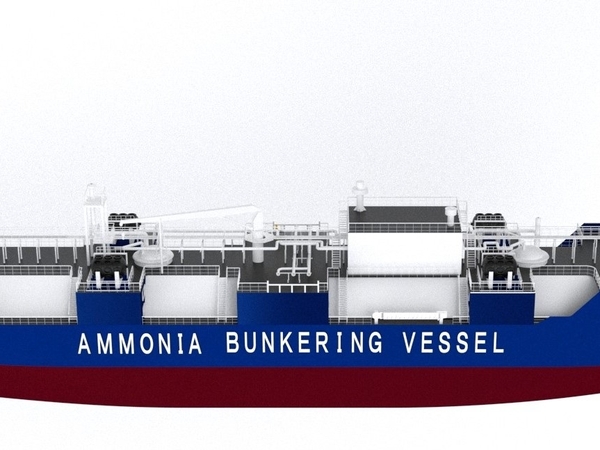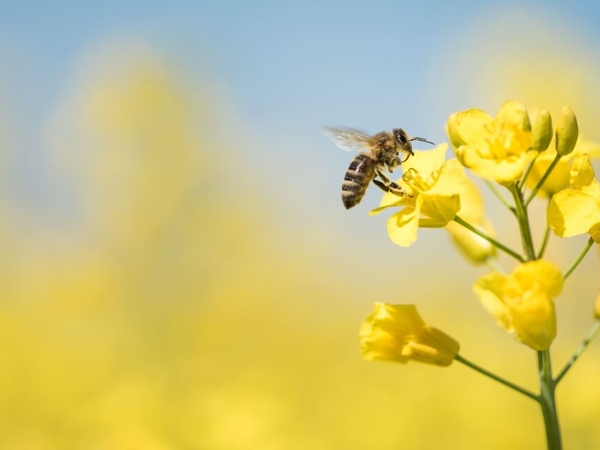IMO: What to watch out for the monkeypox outbreak
The IMO published a circular with information and guidance on the monkeypox disease, based on recommendations developed by WHO.
Twenty-three member states that are not endemic for the monkeypox virus have reported cases of the disease to the WHO since 13 May 2022. Most cases have no established travel links to an endemic area and have presented through primary care or sexual health services. Up to 26 May, 257 laboratory confirmed cases and about 120 suspected cases were reported to WHO. No deaths have been reported till then.
The monkeypox virus is transmitted from one person to another by:
- Close contact with lesions
- Body fluids
- Respiratory droplets and
- Contaminated materials such as bedding
Early epidemiology of initial cases notified to WHO shows that cases have been mainly reported among men who have sex with men.
Symptoms
Monkeypox is usually a self-limited disease with the symptoms lasting from two to four weeks. The incubation period of monkeypox is usually from six to 13 days but can range from five to 21 days. The infection can be divided into two periods:
- The invasion period (the first five days) characterised by:
- Fever
- Intense headache
- Swelling of the lymph nodes
- Back pain
- Muscle aches
- Intense lack of energy
- The skin eruption usually begins within one to three days of the appearance of fever. The rash / lesions (filled sometimes with clear or yellowish fluid) tend to appear on the face and extremities. It evolves sequentially, dries up and fall off. The number of lesions varies from a few to several thousand. In severe cases, lesions can combine until large sections of skin shed off.
Fatality ratio
The historic range of case fatality ratio of monkeypox is from 0% to 11% in the general population and higher among young children. In recent times, the case fatality ratio has been about 3% to 6%. Severe cases occur among children and are related to the extent of virus exposure, patient health status and the nature of complications.
Vaccination
Studies have demonstrated that vaccination against smallpox is about 85% effective in preventing monkeypox. Due to cessation of smallpox vaccination globally, persons younger than 40 years of age may be susceptible to monkeypox. Complications of the virus can include secondary infections, bronchopneumonia, sepsis, encephalitis, and infection of the cornea with ensuing loss of vision.
Clades of monkeypox
Currently, there are two clades of monkeypox virus:
- The West African clade
- The Congo Basin (Central African) clade
The Congo Basin clade generally causes severe disease with case fatality ratio (CFR) of about 10%. Presently, the Democratic Republic of the Congo is reporting a CFR of about 3%. The West African clade has lower CFR of about 1% but found to be present in the current multi-country outbreak. At present, the overall public health risk at global level is assessed as moderate.
Prevention and treatment
Anyone who has direct contact with an infected person, including intimate or sexual contact, can get monkeypox. Avoid any physical, intimate or sexual contact with someone with a localised anogenital rash and/or oral ulcers. Limit the number of sex partners, clean hands with water and soap or alcohol-based gels, maintain respiratory etiquette and hand hygiene.
A person developing a rash, accompanied by fever or a feeling of discomfort or illness must get tested for monkeypox. Isolate the person suspected or confirmed as having monkeypox until the scabs have fallen. During this period, offer supportive medical care to ease monkeypox symptoms such as pain or itchiness. Monitor patient for early detection of any medical complications of the illness. Anyone taking care of a person sick with monkeypox must use appropriate personal protective measures.
Immediately report any rash-like illness during travel or upon return to a health professional. Provide details about all recent travel, sexual history and smallpox immunisation history. In monkeypox-endemic countries avoid contact with sick mammals such as rodents, marsupials, and non-human primates (dead or alive). Refrain from eating or handling wild game (bush meat).
Source: UK club; Safety4Sea

